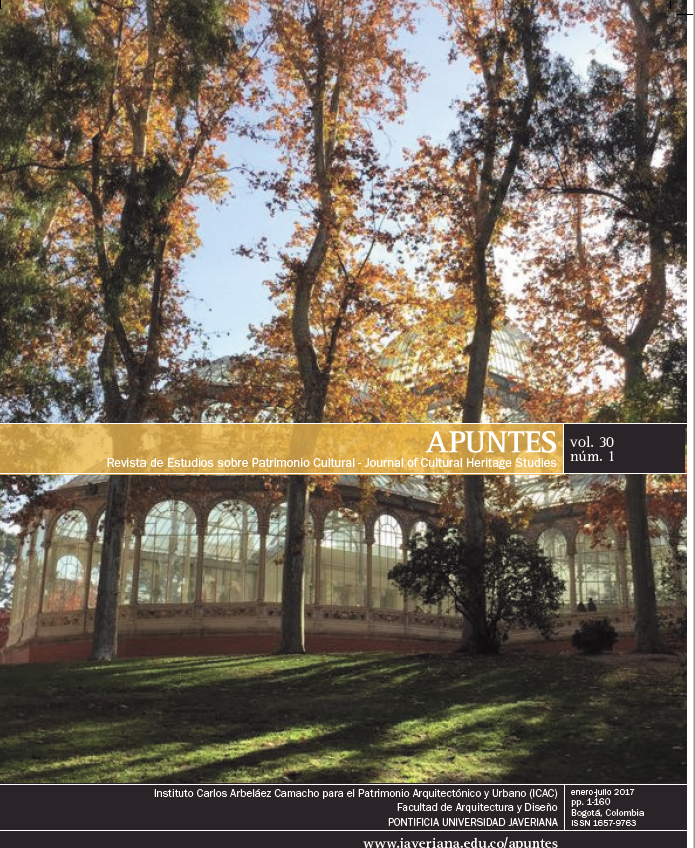Abstract
The scarce research registered in our country on the cultural landscape has not been able, to a large extent, to establish theoretical-practical links between the historical, aesthetic, and symbolic processes, as contrasted with the transforming agents of the economic model (discourse of competitiveness, the tourism industry, and real estate pressure). Based on the surveying of new maps that combine the reading and analysis of cartography, choreography, and historical-literary-pictorial narrative with a multivariate and multi-temporal analysis, this article will delve into the Regional Landscape of Santa Fe de Antioquia as the one that weaves historical and functional ties at different scales and temporalities, their spatial implications in the Urban Landscape, and a physical-perceptual analysis of the transformations that took place in a sector of the declared historical center and its area of influence (Day-to-Day Landscape sector). Several national infrastructure projects developed in the vicinity of the municipality, which only cross through it, or that make use of a certain geostrategic condition it presents, establish possibilities as well as challenges and major conflicts with the conditions of the cultural landscape. Said cultural landscape currently participates in a supra-territorial development structure of three future contiguous metropolitan areas, which for this case already reveal spatial imbalances in the occupation model that these agents promote. Spatial effects arise from this interaction that can be read both in the territorial structure, fundamentally centered in the distribution of population loads, in the occupation model of the historical center, and the non-monumental context, as well as its imbrications in the domestic habitat.
Apuntes is registered under a Creative Commons Attribution 4.0 International Public License. Thus, this work may be reproduced, distributed, and publicly shared in digital format, as long as the names of the authors and Pontificia Universidad Javeriana are acknowledged. Others are allowed to quote, adapt, transform, auto-archive, republish, and create based on this material, for any purpose (even commercial ones), provided the authorship is duly acknowledged, a link to the original work is provided, and it is specified if changes have been made. Pontificia Universidad Javeriana does not hold the rights of published works and the authors are solely responsible for the contents of their works; they keep the moral, intellectual, privacy, and publicity rights.
Approving the intervention of the work (review, copy-editing, translation, layout) and the following outreach, are granted through an use license and not through an assignment of rights. This means the journal and Pontificia Universidad Javeriana cannot be held responsible for any ethical malpractice by the authors. As a consequence of the protection granted by the use license, the journal is not required to publish recantations or modify information already published, unless the errata stems from the editorial management process. Publishing contents in this journal does not generate royalties for contributors.


